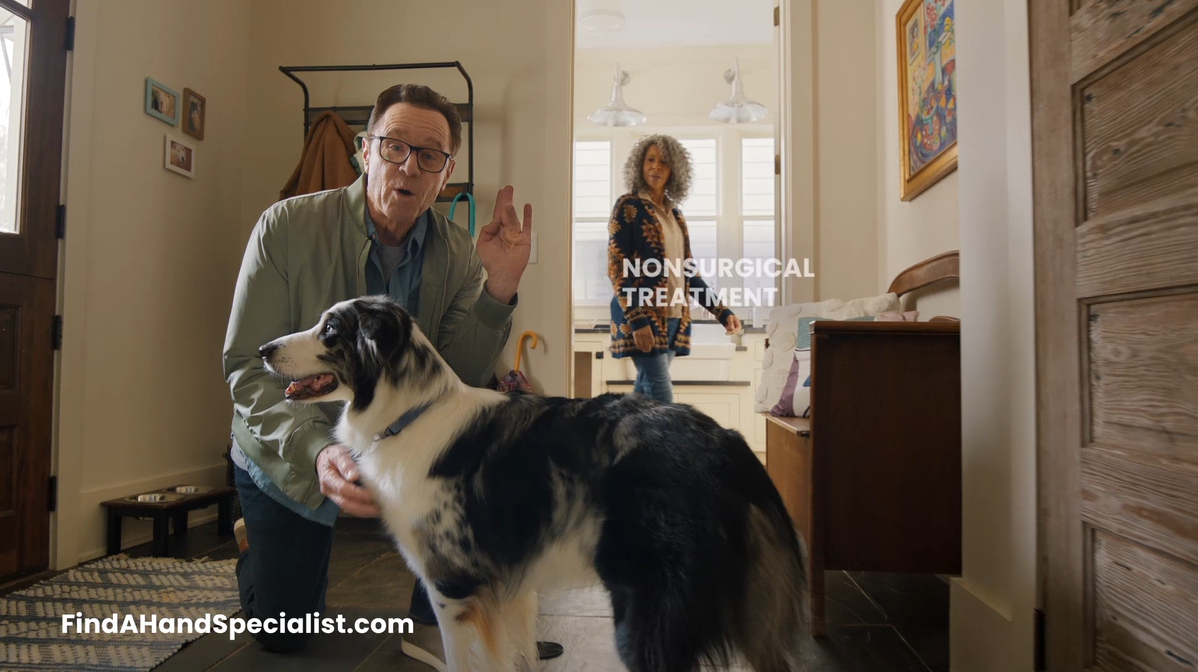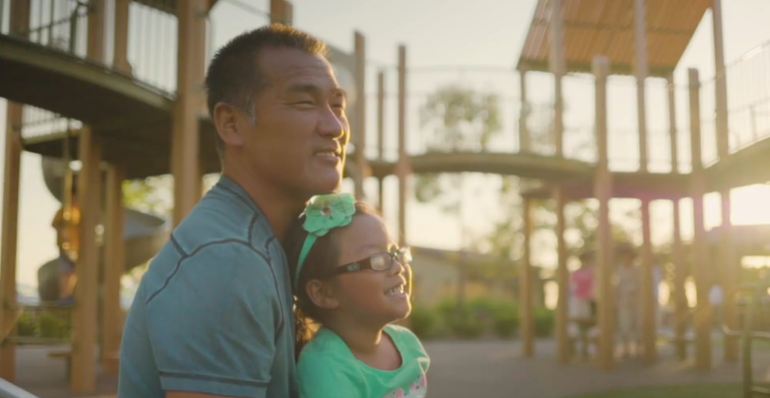Dupuytren’s Campaign Emboldens Patients with a Handful of “Reminders”
Health & Patients
“You got this.” That’s how Endo’s newest commercial about Dupuytren’s contracture begins.
The patient in the 30-second spot goes on to list five personal preferences as he prepares to leave for a doctor’s appointment. Look closely to see the rope-like cords on his hands as he counts the reminders, reinforcing the thoughts of many real patients.
- “I don’t want surgery for my Dupuytren’s contracture.”
- “I don’t want to wait for my contracture to get worse.”
- “I want a treatment with minimal downtime.”
- “I want a nonsurgical treatment.”
- “If nonsurgical treatment isn’t offered, I’ll get a second opinion.”
From Patient to Partner in Treatment
The Reminders campaign aims to embolden patients living with the progressive hand condition, which affects an estimated 17 million Americans.1,2* We want to encourage them to become advocates in their treatment journey.
We have seen a trend in healthcare in recent years, as younger generations speak openly about their health issues and feel comfortable playing an active role in shaping their treatment plan. However, some of us have spent our lives deferring to doctors’ recommendations, even if they don’t align with our lifestyle and preferences.
The Reminders campaign provides an example for patients living with Dupuytren’s contracture. They can push past their comfort zone and become advocates in their medical treatment.
Delaying Treatment
Dr. Damon Adamany, an orthopedic hand surgeon at The CORE Institute, said, “I’ve seen patients who’ve coped with Dupuytren’s contracture for longer than necessary because a healthcare provider presented two paths: living with the condition or undergoing surgery.”
Endo’s own research aligns with Dr. Adamany’s experience. In a 2024 Endo survey of diagnosed Dupuytren’s contracture patients, one-third of untreated patients stated that they delay seeking treatment because they don’t want surgery. We also uncovered that these same patients learn to cope with their condition, creating workarounds for daily activities to compensate for their contracture3†; however, Dupuytren’s is a lifelong condition that may get worse over time.4
Second Opinions
Patients should feel confident in seeking second opinions for any medical situation.
Dr. Adamany agreed, saying, “I believe that if patients aren’t comfortable with the options presented, they should get a second opinion.”
In the same Endo survey mentioned above, we learned that many patients are told that surgery is their only option in treating their Dupuytren’s contracture.3† For years, we’ve provided disease education and treatment information to patients so they know nonsurgical treatments are available.
Now, we’re going further, emboldening patients to clearly and confidently state what they want and, if necessary, seek a second opinion from a hand specialist who considers their preferences and lifestyle.
Watch the Reminders commercial
Visit FindAHandSpecialist.com
*Dupuytren's contracture prevalence estimation calculation: average Dupuytren's contracture prevalence in the US (5%) multiplied by US population (332 million per 2021 US Census data) = ~17 million
†Data sourced from 2024 consumer market research based on a web-based survey of 200 adults who were either diagnosed with Dupuytren’s contracture or believe they have Dupuytren’s contracture based on a detailed description of symptoms.
References:
1. How common is Dupuytren disease? Dupuytren Research Group. April 1, 2017. Accessed: April 16, 2024. https://dupuytrens.org/faq/
2. U.S. and world population clock. U.S. Census Bureau. Updated April 13, 2023. Accessed April 11, 2023. https://www.census.gov/popclock/
3. Endo USA, Inc. (2024). Dupuytren’s contracture consumer awareness trial usage online survey report.
4. Bayat A, McGrouther DA. Management of Dupuytren’s disease – clear advice for an elusive condition. Ann R Coll Surg Engl. 2006; 88: 3–8. https://doi.org/10.1308/003588406X83104



